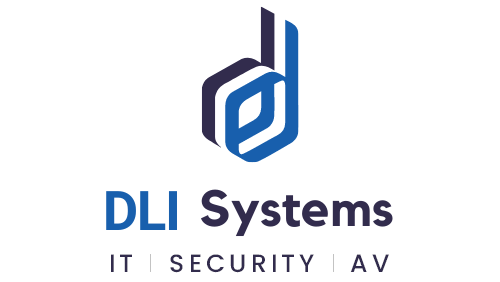PSIM Physical Security Information Management System Provider in Qatar

Physical Security Information Management (PSIM) is a category of software that provides a platform and applications created by middleware developers, designed to integrate multiple unconnected security applications and devices and control them through one comprehensive user interface. It is common to find security operations and traditional command-and-control centers using paper-based processes and not sharing information. Business units and IT departments rarely have access to data in corporate security departments. Events are managed separately. PSIM also produce more situational awareness by correlating video, alarms and sensor data. Also, it can initiate certain actions based on the occurrence of a single event or multiple events.
Many access-control and video management products perform very basic situation management. They may link video of someone walking through a door to a log when a keycard is swiped there, or associate security camera footage with individual point-of-sale transactions.

A security guard will not be able to correlate data from different system when there is an event, hence the actions will be delayed.Example:- A door forced event detected on a floor and VIP is present on the floor. The normal access control solutions won’t correlate this information and there won’t be any SOP initiated for this special case.
But if there is a PSIM, when the door forced open detected, it can pop up the video feed and display the presence of VIP, can initiate an action automatically or in the form of a mouse click like triggering a sounder on the floor, send an SMS to all the employees who are present on the floor, make all the cards to access the VIP’s room invalid etc.
The DLI Technology and Information Systems is a leading provider of PSIM systems in Qatar. Our approach towards proposing the PSIM is as follows:
- Discuss the current gaps and flows of the Security Management System or other subsystems that include BMS, Fire, FMS, GIS and any system that produces alarms that require a sequence of procedure to be followed
- Indentifying the current subsystem type, version and manufacture
- Creating Device Drivers
- Writing Workflows
- Defining Actions
- Defining and triggering SOP based on each event by correlating events from other subsystems
